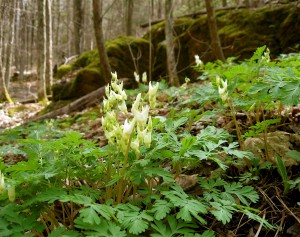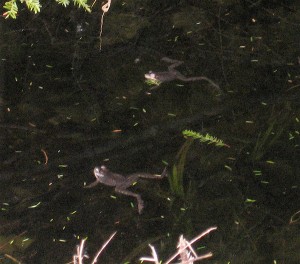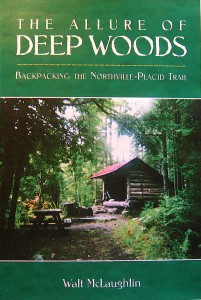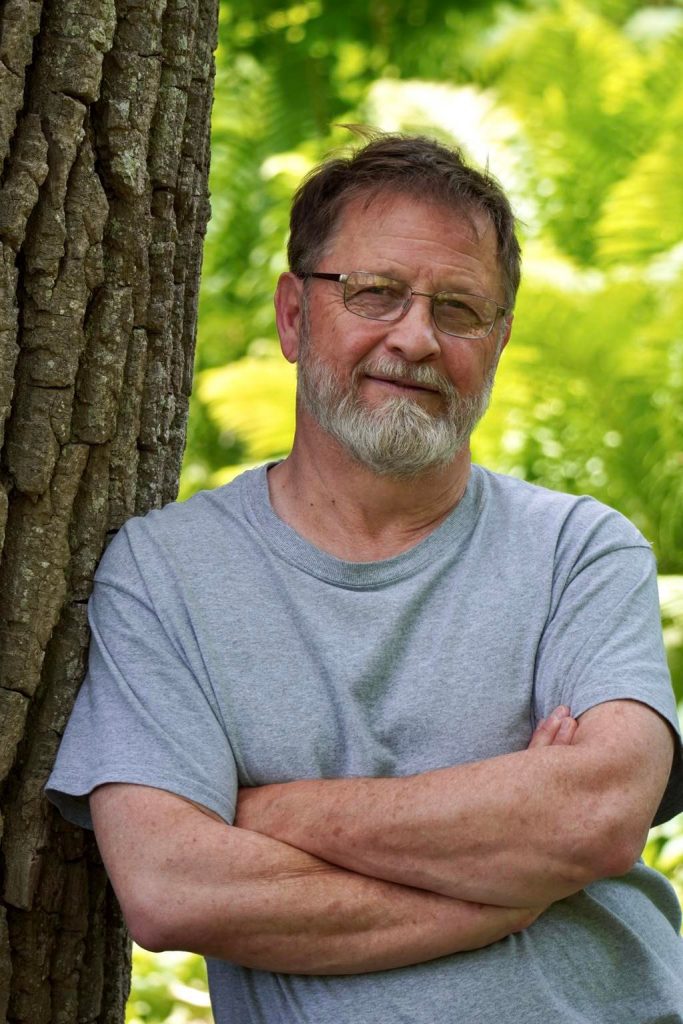Apr 27 2013
Early Bloom
 The forest in April is mostly brown – naked trees, downed branches, patches of cold mud, and bleached leaf litter. My eyes hunger for green. The moss on exposed rock and conifers provide a little color, as do the evergreen ferns still pressed to the ground. But it is fresh verdure that I desire, and the small, delicate wildflowers that arise with it. Therein lies the promise of things to come.
The forest in April is mostly brown – naked trees, downed branches, patches of cold mud, and bleached leaf litter. My eyes hunger for green. The moss on exposed rock and conifers provide a little color, as do the evergreen ferns still pressed to the ground. But it is fresh verdure that I desire, and the small, delicate wildflowers that arise with it. Therein lies the promise of things to come.
Round-lobed hepatica is the first to bloom. I found the first of that wildflower in a brilliant green patch of wild leeks a week ago. I found it again a few days ago on Aldis Hill, and again while tramping around Niquette Bay. In late April, it seems to be everywhere.
Bloodroot and trilliums have pushed up from the earth, yet their flowers remain closed. It’s as if they don’t trust the season. Spring beauty is much more optimistic. Its tiny, candy-striped flowers appear suddenly one day. I drop to all fours to inhale its sweet perfume and am transformed – the last of winter passing out of me.
But it is always Dutchman’s breeches that take me by surprise. Those clusters of little, creamy pantaloons arise overnight from patches of green leaves growing in the ledges. They are forever maturing, but once they’re here, many other wildflowers soon follow. Already blue cohosh and early meadow rue are unfurling, and the mottled leaves of trout lilies are ubiquitous. Soon saxifrage will appear in the rocks. Soon marsh marigolds will illuminate the low, wet places. Already coltsfoot shines yellow from the dusty roadside ditches. The season is much more advanced than my green-starved eyes are willing to admit.
No matter how carefully I follow the advance of early spring, I always underestimate it. Like most people living in northern climes, I’m impatient this time of year. I so badly want the trees overhead to leaf out that I miss a good deal of what is happening at ground level. Only when I am prone on the forest floor do I fully appreciate it. The earth is brown, yes, yet very much alive.



